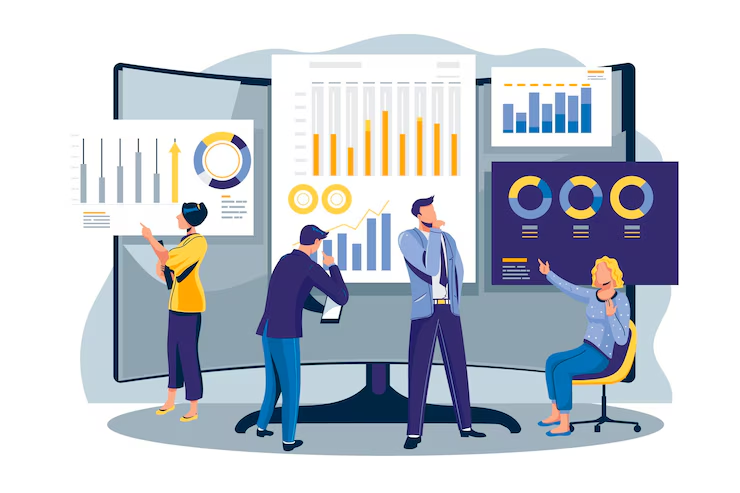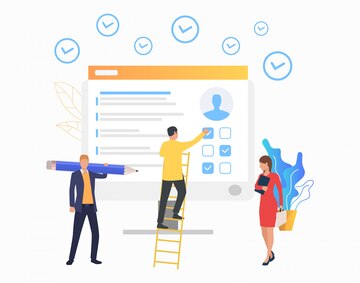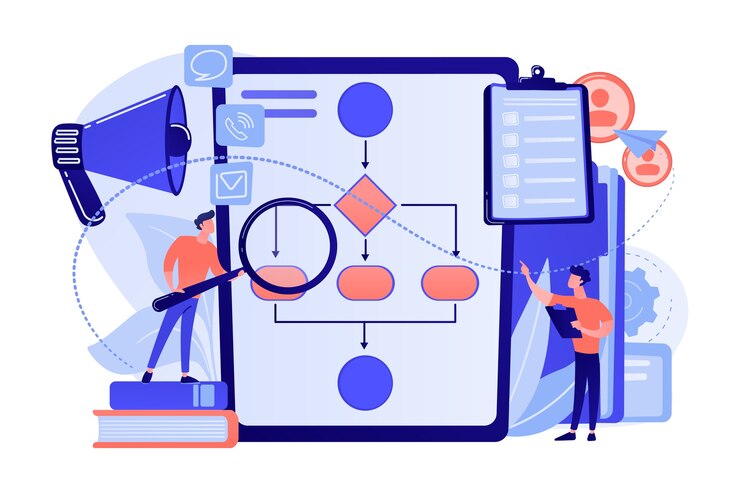
Being an HRM, two of the most important tasks that your job demands are hiring new employees and training the existing employees to perform well in a job role. With a competency framework that lists skills relevant to each job role, both tasks can be simplified as well as made more efficient.
By facilitating skill based hiring with a competency framework, HRMs can get up to a 92% reduction in wrong hires and an 89% reduction in hiring costs.
A Brief Introduction to Competency Framework

Meant to serve as an evaluation tool and guide, a competency framework is a set of standards that an organisation assigns to assess its workers with respect to their job roles. These pertain to technical skills as well as behavioural traits that are relevant to the organisation and the role assigned.
By enabling a data-driven decision as per targets set, skills, and performance, Employee Development Plansthe competency model maintains parity in the way each employee is evaluated, helps design training programs, and roots out people who are suited to promotions and leadership roles.
Why Opt for a Competency Framework?
With skills-based hiring gaining momentum, there is a lot of stress on accurate and fair assessments. To establish such a system, one of the best options is to deploy a competency framework that covers every level of the organisation.
The top reasons for using a competency framework include:
- Consistent and Scalable Structure
Whether your organisation has 20 people or 2000, a competency framework software will deliver the same quality of results.
- Skills Assessments
Assess the skill level of each employee pertaining to a job role, and then for all employees across the organisation.
- Skills Gap Analysis
While it is not unusual to have certain employees fall behind compared to others and vice versa, an analysis of skill levels will help identify those who have fallen behind.
- Training Objectives for Skill Gaps
By chalking out areas where employees have fallen behind, HRMs can design training programs and sessions that are both productive and essential. By brushing up on key areas where workers have fallen behind, they can perform better in their assigned roles.
- Give Structure to L&D Programs
To have effective training sessions, L&D competency frameworks can be used to find out which skills the workers need to be trained in. Further, L&D programs are also useful in growing the skill set and career planning of employees.
- Identify Single-person Dependencies
Often we find that only one person works in a specific role and thus no one else can perform their tasks. This can be an issue in the event of a sudden absence. Hence, it is important to identify these roles and train other people for the task to remove dependency on a single worker.
- Skills Based Hiring
Increase the efficacy of the recruitment programs by only hiring people who match the skills and traits needed for the job role. This not only results in the hiring of competent people but also reduces the time and resources spent on training.
- Reduce Attrition or Employee Turnovers
By only hiring people who are suited to the job roles, providing necessary training programs, and having a fair appraisal system, you can reduce the number of people feeling disengaged or leaving the organisation.
- Career Development Plans
With a properly designed competency framework, you can visualise all career options open to the employee on the linear path as well as lateral roles that they can opt for to grow their skills. This helps HRMs and workers chalk out their career plans and grow their skills accordingly.
- Succession Planning
By opting for a CVF framework (a capability framework combined with a values framework), HRMs can identify workers who have the potential for promotions to a better or a leadership role. This helps develop the next batch of the leadership team from the current talent pool and in turn incentivises employees.
The 4 Applications of an Integrated Competency Framework

By deploying a well-designed competency model framework, you can address the four below areas.
Employee Development Plans
To stay with an organisation for a long time, employees need to feel that their career and profile are receiving a boost. Herein comes employee development plans.
Whether they work remotely or from the office, employees can be assessed accurately. Further, using a competency framework, their career paths can be mapped, thus providing a direction to their career development.
By deploying competency framework software, HRMs can quickly offer a list of career plans to their employees as well as a list of associated lateral roles that can help diversify their profile.
Skills Gap and Single-Person Dependency Analysis
With a competency framework that lists all skills and worker attributes, receive a clear visual of the skills gap that exists in each department as well as across the different departments.
Further, for departments that have a single person with a high skill level, it so happens that the entire team counts on him/her. During a sudden absence or departure from the company, it often happens that the entire team is unable to deliver their assigned tasks.
By training more employees in the specific skills, employers can ensure that there is no vacuum created even if there is a vacancy.
Skills Assessments During Reviews and Check-ins
Being detail oriented, a competency framework offers a way for HRMs and managers to evaluate the skill sets of their employees periodically. Now, performance reviews can be supported by relevant data derived from the competency framework.
Further, regular skill assessments will be able to shed light on areas where the employees are lagging. This boosts transparency and is beneficial when designing training programs.
Succession Planning
Deploying a competency framework makes it easier to recognise and quantify the skills and behavioral traits of the workforce. This, in turn, makes it easier to identify employees who have the natural as well as learned disposition to work in a leadership role.
By using a leadership competency framework, the necessary traits can be assessed. This includes teamwork, innovative thinking, being able to motivate, and more. Thus, competency frameworks can be an effective tool for making succession plans.
According to an assessment by SHRM, only 64% companies have a succession plan in place.
Exploring the Importance of These Applications
First and foremost, having a competency framework in place streamlines HR functions. These include recruitment, training, and appraisals. Further, it creates a bias-free evaluation system that evaluates employees only as per their merits.
To add, a competency model can establish clarity between employees, their roles, and expectations. This establishes a system that operates on transparency.
How to Progress Through the Competency Framework?
Although the competency framework development process sounds promising, the process is not popular across organisations. The deployment and designing of a competency model can go through challenges.
Why Are There No Competency Frameworks in Most Organisations?
To design a competency framework manually from scratch, the process can take months. Not only do the HRMs need to list each job role, but also their specific competencies and the indicators to be observed.
This makes conceptualisation to deployment a labour-intensive and time-consuming process.
The solution is to opt for AI-based solutions and use a competency framework software.
AI Assistance in Competency Frameworks
When powered by AI, the competency framework development process can be condensed into a few simple steps:
- Add your company profile and the relevant data
- Add roles specific to your company
- Ask the software to generate career pathways
- Pick and choose the one relevant out of those available
- Add skills to the framework to help identify
- areas of development, and
- additional skills needed
By availing safe and ethical AI technology for the competency framework software, rest assured that your official data is safe.
Conclusion
Though competency models can sound tedious in theory, deploying them can be made easy with an AI-powered competency framework software. Further, with regular updates to the framework, both relevance and efficacy can be improved.
To simplify HR functions, employee traits, skills, and key criteria that are relevant to the organisation, a well-designed competency framework software can be beneficial.





